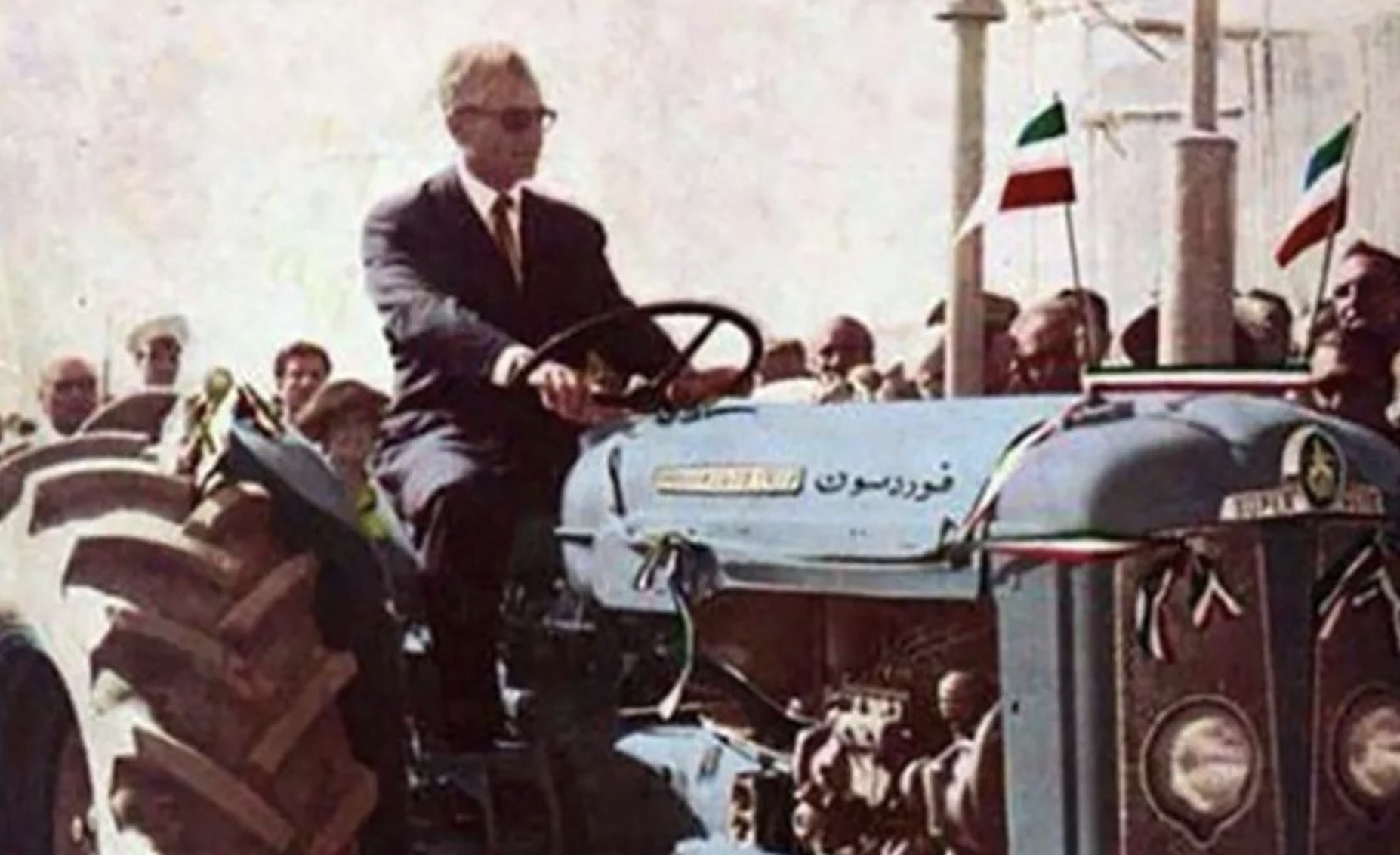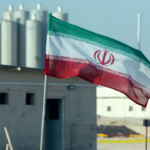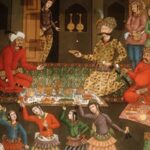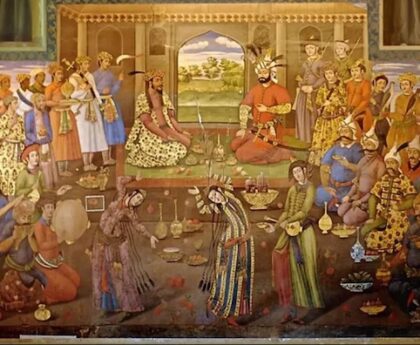The white revolution was a series of reforms resulting in aggressive modernization in Iran launched on 26 January 1963 by the Shah, Mohammad Reza Pahlavi. The reforms resulted in a great redistribution of wealth to Iran’s working class, explosive economic growth in subsequent decades, rapid urbanization, and deconstruction of Iran’s feudalist customs.
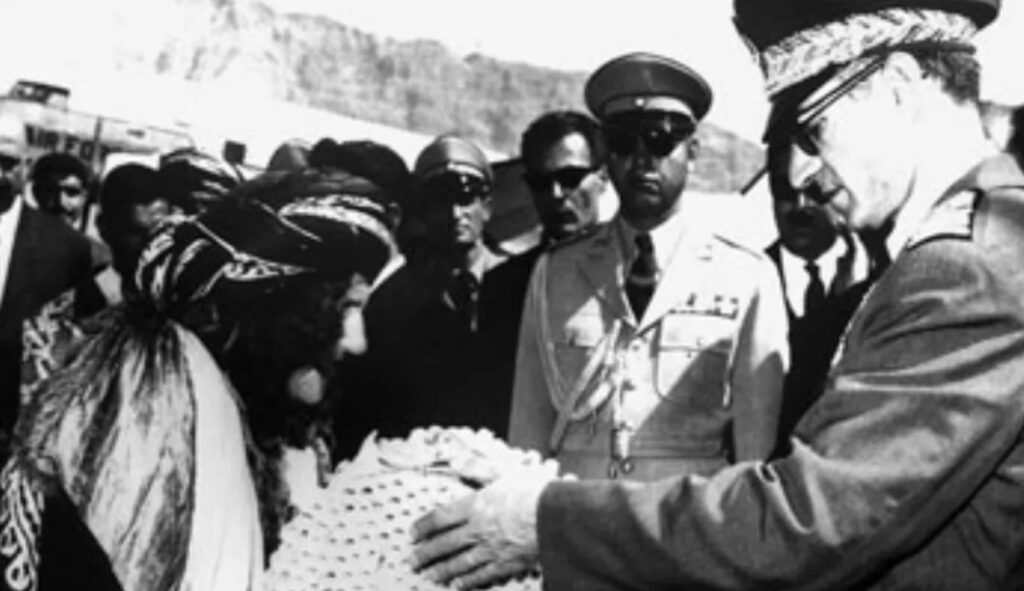
The reforms were characterized by high economic growth rates, major investments in infrastructure, substantial growth in per capita wealth and literacy of Iranians. The economic growth and education advancement arguably paved the way for the Shah’s military arms build-up and the establishment of Iran as a major geopolitical power in the Middle East.
The White Revolution consisted of 19 elements that were introduced over a period of 16 years, with the first 6 introduced on January 9, 1963
- Land Reforms Program and Abolishing “Feudalism”
- Nationalization of Forests and Pasturelands
- Privatization of the Government Owned Enterprises
- Profit Sharing
- Extending the Right to Vote to Women
- Formation of the Literacy Corps
- Formation of the Health Corps
- Formation of the Reconstruction & Development Corps
- Formation of the Houses of Equity

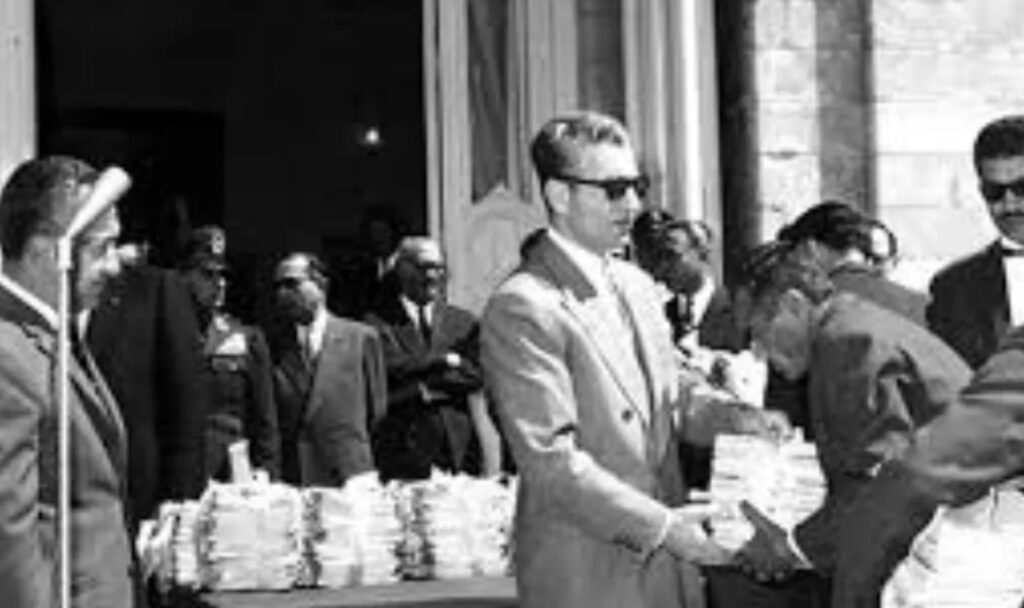
Reforms
- Nationalization of all Water Resources,
- Urban and Rural Modernization and Reconstruction
- Didactic Reforms
- Workers’ Right to Own Shares in the Industrial Complexes
- Price Stabilization
- Free and Compulsory Education
- Free Food for Needy Mothers
- Introduction of Social Security and National Insurance
- Stable and Reasonable Cost of Renting or Buying of Residential Properties
- Introduction of Measures to Fight against Corruption
Iran experienced explosive economic expansion with an annual economic growth rate averaging at 9.8%. In the decades following the revolution, per capita income for Iranians skyrocketed.
Impact
Port facilities were improved, the Trans-Iranian Railway was expanded, and the main roads connecting Tehran and provincial capitals were asphalted. Many small factories opened up specializing in clothing, food processing, cement, tiles, paper, and home appliances. Larger factories for textiles, machine tools, and car assembly were also opened. Educational institutions also grew after the launching of the White Revolution.
Enrolment in kindergarten increased from 13,300 to 221,990, elementary schools from 1,640,000 to 4,080,000, secondary schools from 370,000 to 741,000 and colleges from 24,885 to 145,210. Not only were new schools opening, but they were also instituting new educational policies designed to undercut clerical control over education and religious education. The Literacy Corps also helped raise the literacy rate from 26 to 42 percent.
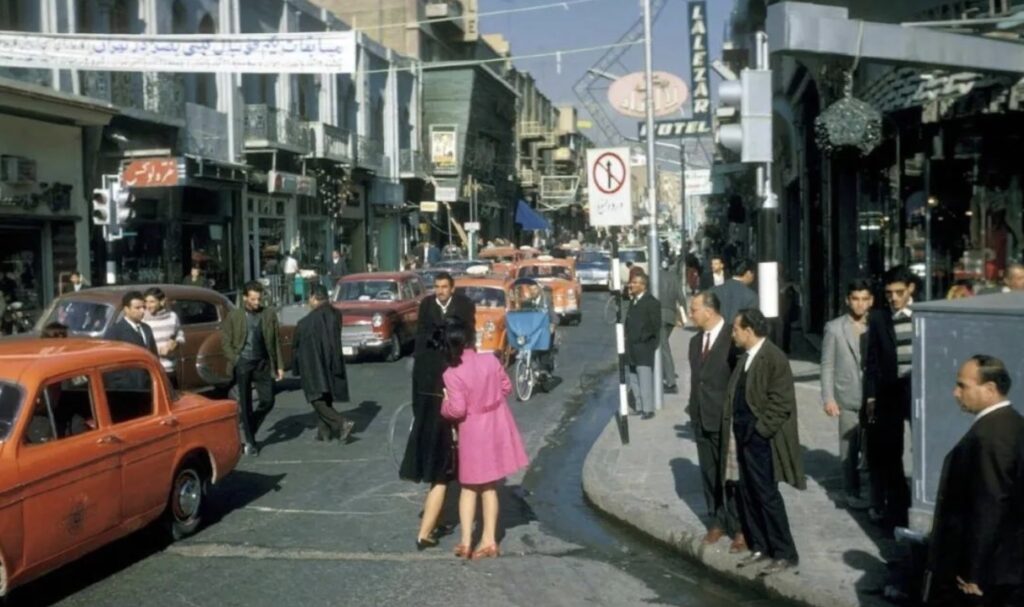
Women gained the right to vote, to run for elected office and to serve as lawyers and later judges. The marriageable age for women was also raised to fifteen. These reforms eventually redistributed land to some 2.5 million families
Problems
Under the land reforms the landed minority was forced to give up ownership of vast tracts of land for redistribution to small-scale cultivators. The former landlords were compensated for their loss in the form of shares of state-owned Iranian industries. Cultivators and workers were also given a share in industrial and agricultural profits, and cooperatives began to replace the large landowners in rural areas as sources of capital for irrigation, agrarian maintenance, and development.
In late 1978, there had been widespread dissatisfaction among Iranian farmers with regards to land reforms which were supposed to empower them. Mismanagement & corruption resulted in waste of many funds designated for agricultural development.
Emigrations to cities resulted in more demand than could be met by production. Even though reforms turned many peasants into land-owners it imposed on them costs such as taxes, seeds, water & equipment that they were not burdened with when they worked for landowners, while also eliminating services such as health & education that were provided for them by landlords previously.
“Though the White Revolution contributed towards the economic and technological advancement of Iran, the failures of some of the land reform programs and the partial lack of democratic reforms, as well as severe antagonism towards the White Revolution from the clergy and landed elites, would ultimately contribute to the Shah’s downfall and the Iranian Revolution in 1979.”

